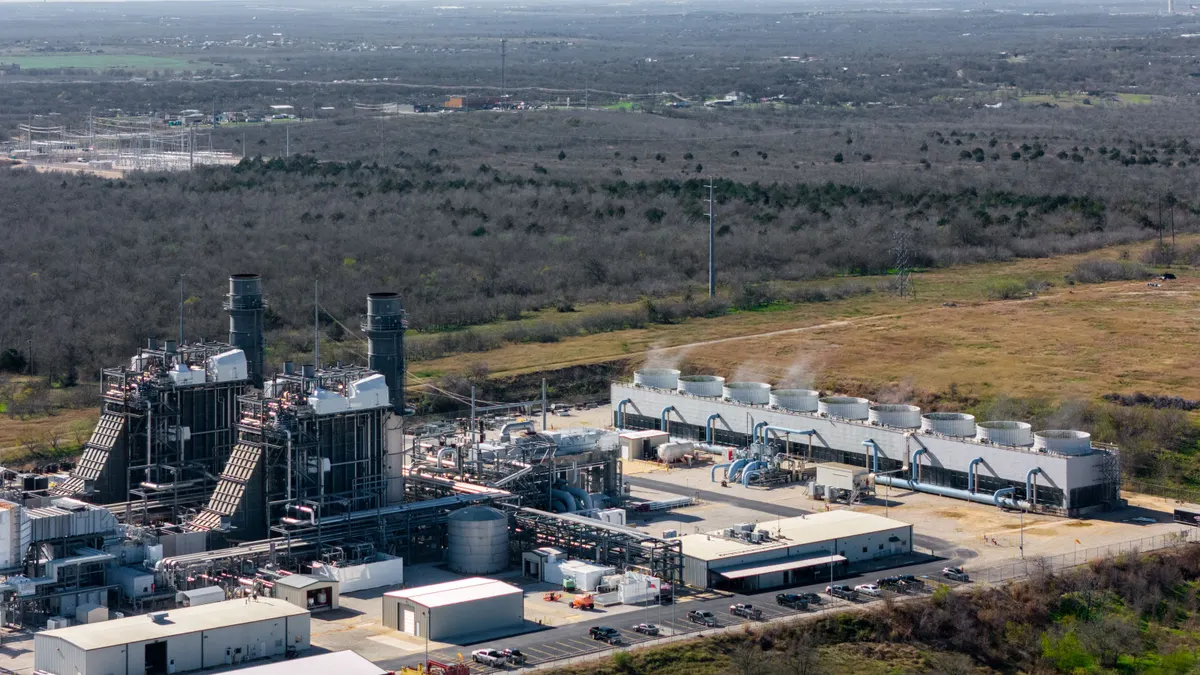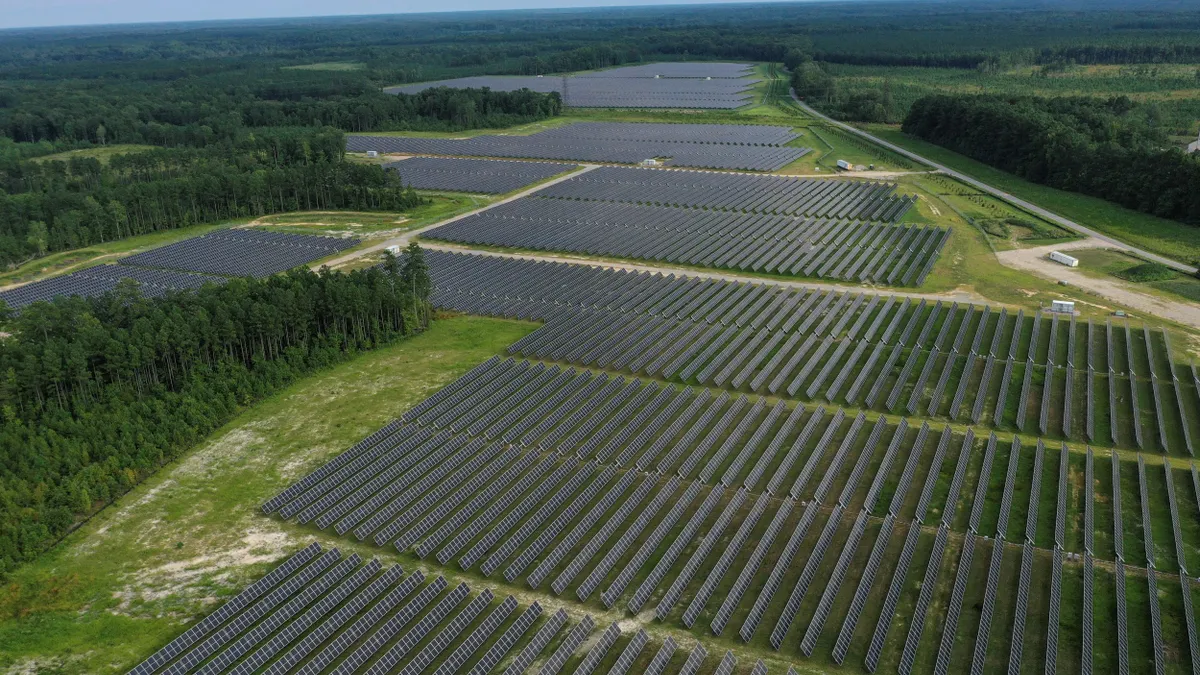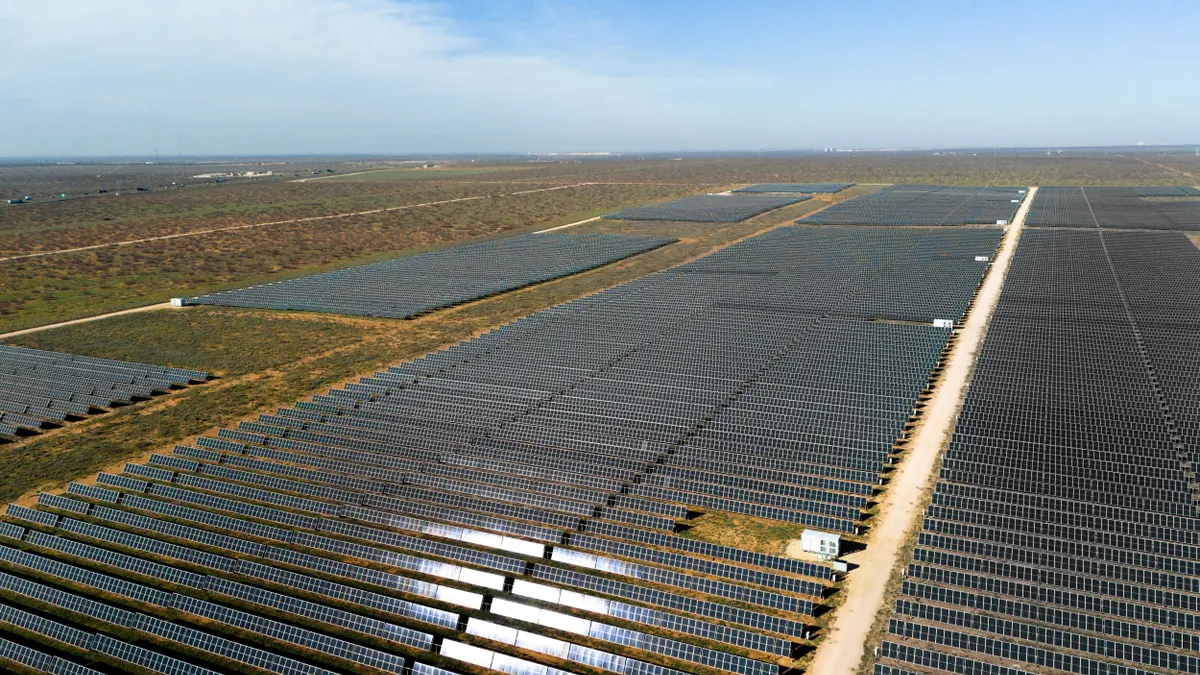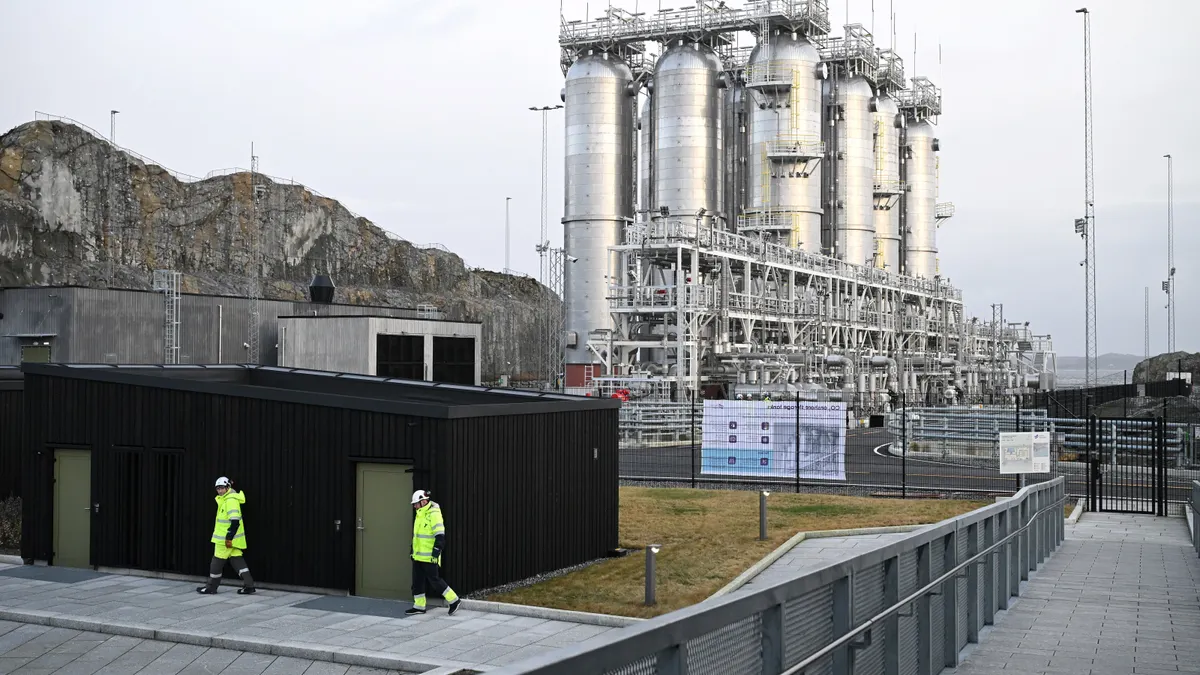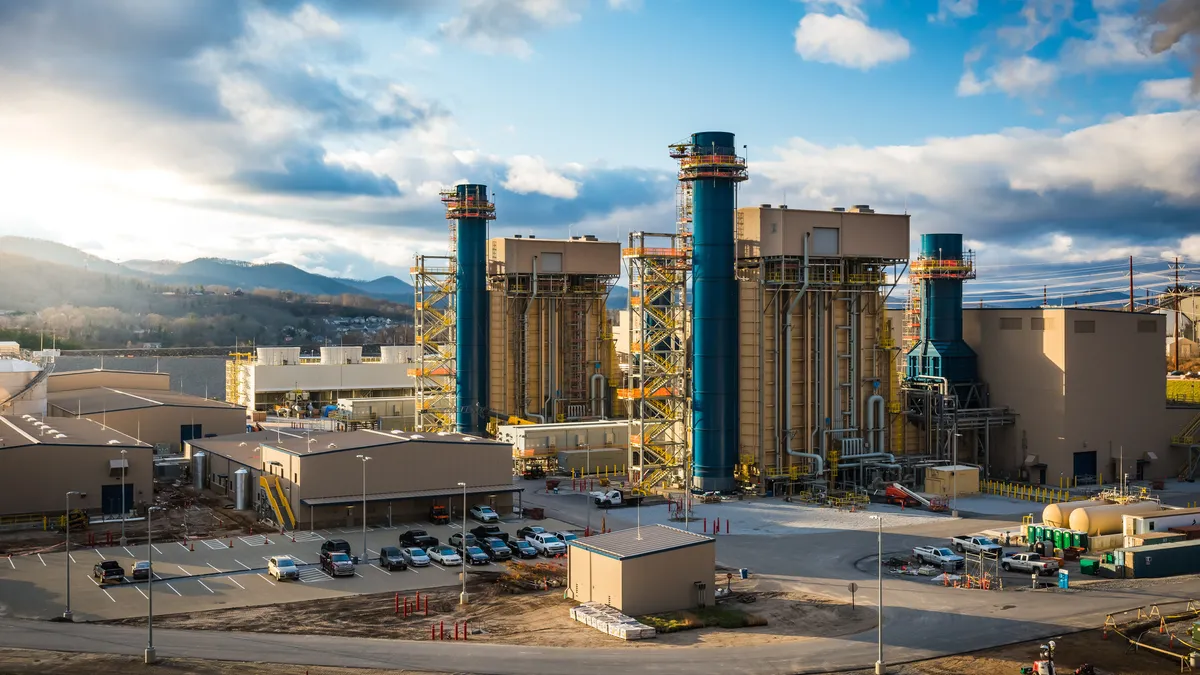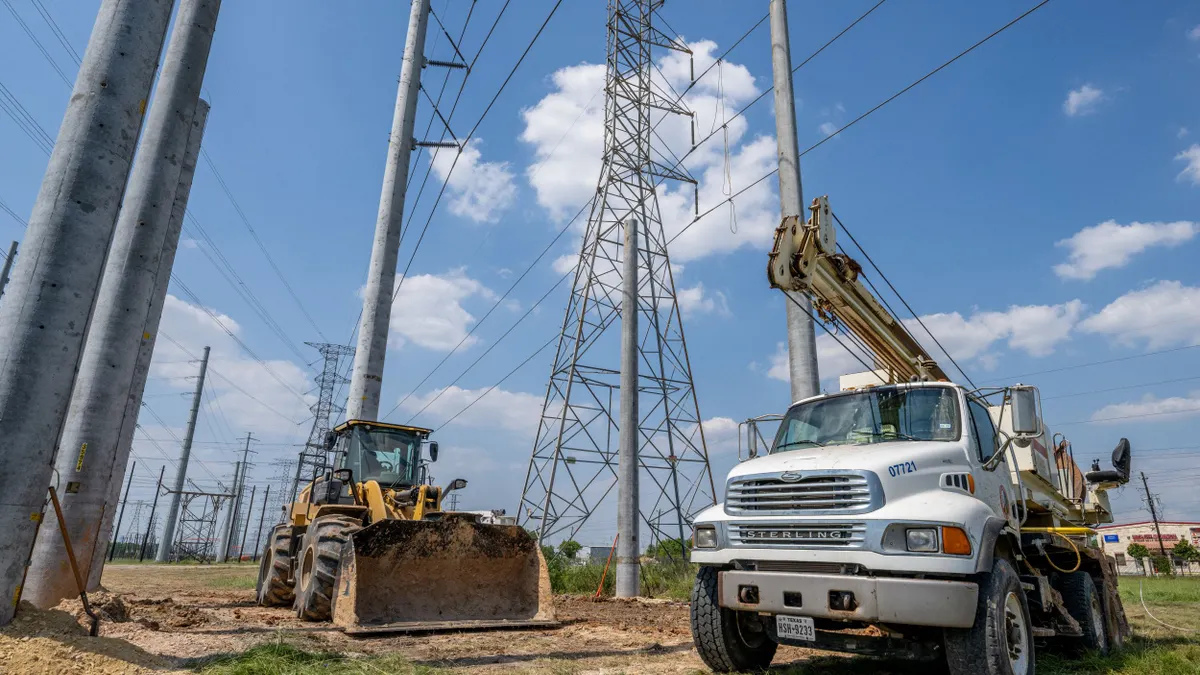Shelley Hudson Robbins is senior decarbonization manager for the Southern Alliance for Clean Energy.
All across the South, electric companies and gas pipeline companies are striking deals with each other that will increase customer electric bills for decades to come. Called “firm transportation” contracts, these agreements will require electric customers to pay for new pipelines whether or not the pipelines are fully used, and they cannot deliver the level of reliability that state regulators think they will.
In the latest example, EQT is seeking firm transportation customers for a 500,000 dekatherm (Dth) per day compression expansion of the Mountain Valley Pipeline that connects Appalachian Basin fracked natural gas to the massive Williams Transco pipeline. This project is the latest in a deluge of pipeline expansion projects that are backed by long-term contracts with Southeastern electric utilities such as Duke Energy in the Carolinas, Dominion and Santee Cooper in South Carolina, Oglethorpe Power in Georgia, and Southern Company in Georgia, Alabama, and Mississippi. These companies have contracted for more than 3 million Dth on three pipeline expansions currently underway at the Federal Energy Regulatory Commission: Transco Southeast Supply Enhancement Project, MVP Southgate, and Kinder Morgan's South System Expansion 4.
The contracting utilities will pay for this pipeline capacity every month and every year for 20 years, regardless of how much gas they actually use for power burn. These costs are passed directly to ratepayers.
At what cost?
This utility rush to sign contracts for firm pipeline transportation, or FT, originates with Southeastern public utility commissions encouraging the acquisition of firm transportation for existing and planned baseload gas additions based on the mirage that it will make the electric system more reliable. Firm transportation does not guarantee that the utilities will be able to get the actual gas molecules they need on a given day. Wellhead freeze-offs and pipeline outages can reduce flow. FT only guarantees room on the pipeline to transport the molecules they are able to buy. The terms of each contract are shrouded in secrecy, usually “negotiated” rather than contracted under the terms of the pipeline companies’ public tariff rates.
Before encouraging any more firm capacity contracts, utility commissioners should consider the costs of each potential contract and compare that to the cost of the new gas generation unit that supports the FT contract. Last year, SACE used National Renewable Energy Laboratory Annual Technology Baseline data to estimate that a 1,360-MW combined cycle plant could cost $1.96 billion just for construction. A plant of this size would burn about 250,000 Dth at peak. Peak burn requirements are what utilities are currently using to guide FT contracting, even though peak burn rarely happens. Utility commissioners and the public staff often have access to the confidential pipeline contracts. Because the cost of these contracts is passed straight through to ratepayers, the utilities shoulder none of the cost risk, creating a moral hazard where utilities have no financial incentive to negotiate with consumer bills in mind.
Calculating the net present value (NPV) of the stream of money that ratepayers will pay for the next 20 years is one way to get a sense of whether more firm transportation is worth it or not. It is easy to do using an online NPV calculator and applying the utility’s discount rate, usually around 7% for private utilities.
The math
Using the 1,360-MW combined cycle plant from above as a proxy, assuming such a plant would contract for 250,000 Dth per day of firm transportation per day, and applying a proxy rate of $0.45609 per Dth per day from a public tariff filing, we can get a sense of just how costly these FT contracts can be.
250,000 x $0.45609 x 365 = $41,618,213 per year. The NPV of this yearly amount for 20 years at 7% is $440,908,829, or almost $441 million.
If a 1,360-MW combined cycle plant costs $1.96 billion to construct, and the net present value of the firm transportation contract under this tariff is valued at another $441 million (almost a quarter of the price of the plant) — then the impact of FT contracts on ratepayer burden becomes easier to visualize.
Each utility’s negotiated FT rates will be different (and confidential), and some gas plants will require more than one FT contract to move gas along multiple pipelines. Any gas burned by Duke Energy’s Roxboro plants would be delivered by either MVP Southgate or TSSEP plus the Enbridge T15 Project. Gas delivered to Georgia and South Carolina on the SSE4 project will also travel across a new project called Mississippi Crossing.
Southeastern electric utilities are investing billions of dollars from future customer bills in gas plants and firm gas transportation contracts, and they are forcing ratepayers to buy increasingly expensive gas molecules to burn for decades to come. Is this really the best use of ratepayer money? Calculating the NPV of these 20-year fixed cost FT contracts and then adding that to the cost of the new gas plants is a way to more fairly compare the ratepayer impacts of fossil fuel infrastructure to clean energy alternatives.
Gas is expensive. Gas is not reliable. Solar is the cheapest energy there is, even after Congress increased its costs, and batteries can store excess solar and wind. Longer duration storage is available now and advancing rapidly. Grid-forming inverters provide voltage support and other ancillary services, and batteries ramp up and down to follow changes in electricity load faster than any combustion turbine ever could. The sun and wind are not commodities. They are free and homegrown. Given these facts, adding even one more dekatherm of gas commitment to the Southeast is senseless. Let’s do the math.






